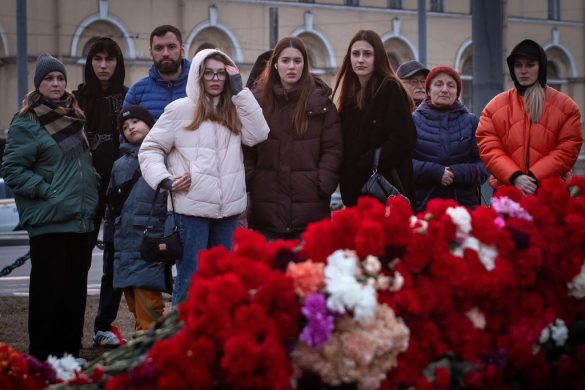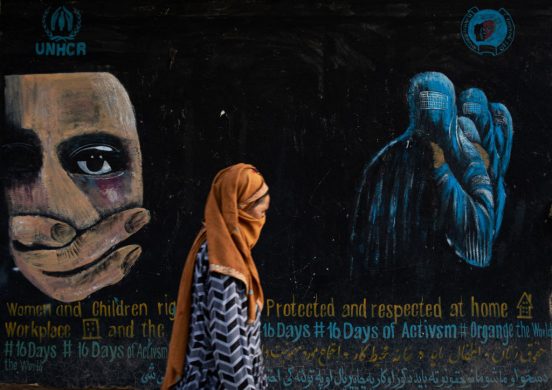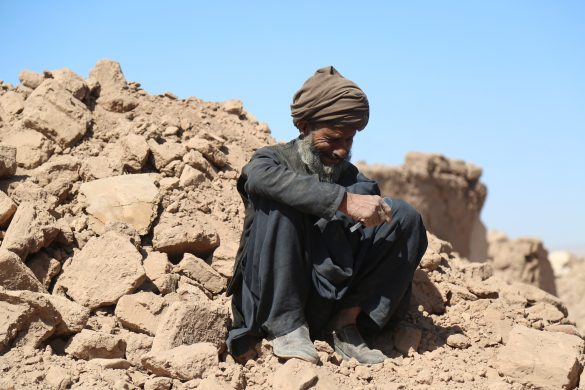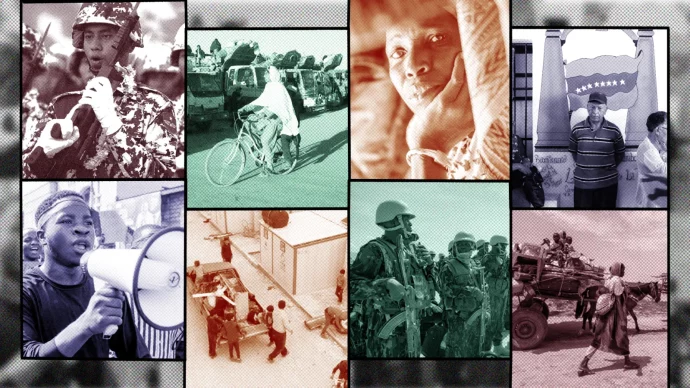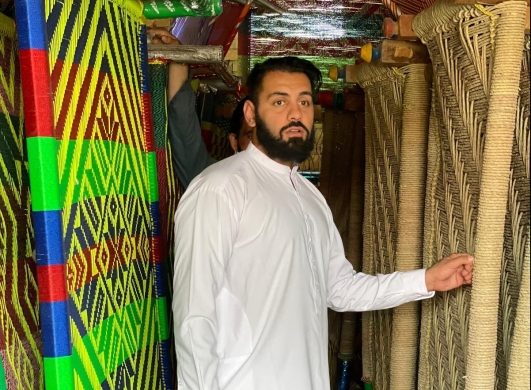KABUL, 5 August 2015 (UN News): Civilians continued to bear the brunt of the Afghan conflict in the first half of 2015, the United Nations reported today, noting that casualties are projected to equal or exceed the record high numbers documented last year.
The UN Assistance Mission in Afghanistan (UNAMA) and the Office of the High Commissioner for Human Rights (OHCHR) have documented 4,921 civilian casualties (1,592 deaths and 3,329 injured) in the first half of 2015. This is a one per cent increase in total civilian casualties compared to the same period in 2014.
The vast majority – or 90 per cent – of civilian casualties resulted from ground engagements, improvised explosive devices, complex and suicide attacks and targeted killings, according to the 2015 Mid-year Report on Protection of Civilians in Armed Conflict, which was released on Wednesday.
Straffrihed
“This report lays bare the heart-rending, prolonged suffering of civilians in Afghanistan, who continue to bear the brunt of the armed conflict and live in insecurity and uncertainty over whether a trip to a bank, a tailoring class, to a court room or a wedding party, may be their last,” said UN High Commissioner for Human Rights Zeid Ra’ad Al Hussein.
“Impunity for serious violations of international human rights and humanitarian law has been reigning for too long in Afghanistan, and fuelling the cycle of violence. There need to be urgent, concrete steps towards accountability to break this venomous cycle.”
The report finds that 70 per cent of civilian casualties are due to the activities of anti-Government elements, who continued to cause the most harm despite a slight reduction in total civilian casualties.
Hæren dræber også civile
Civilian deaths and injuries caused by pro-Government forces caused 16 per cent of civilian casualties (15 per cent from Afghan National Security Forces and pro-Government militia and one per cent from international military forces).
The report notes with concern that this is a 60 per cent increase compared to the same period in 2014, mostly due to increased civilian casualties caused by pro-Government forces during ground engagements.
Fighting between the parties to the conflict that could not be attributed to one specific party caused 10 per cent of civilian casualties, while unattributed explosive remnants of war caused the remaining four per cent.
Ground engagements between parties to the conflict caused 1,577 civilian casualties – a 19 per cent decrease – yet remained the leading cause of civilian casualties in Afghanistan. Similarly, improvised explosive devices caused 1,108 civilian casualties – a 21 per cent decrease – while remaining the second leading cause of civilian casualties in Afghanistan.
Flere selvmordsangreb
The UN said that the slight rise in civilian harm recorded in the first half of 2015 is primarily a result of increased civilian casualties from suicide and complex attacks and targeted killings. There was a 78 per cent increase in suicide and complex attacks executed by anti-Government elements, compared to the first six months of 2014.
Civilian casualties from targeted killings increased by 57 per cent and became the leading cause of civilian deaths.
“Afghan civilians have suffered far too long from this destructive conflict. The devastating consequences of this violence against civilians as documented in this report should serve to strengthen the broad conviction that peace is urgently needed,” said Nicholas Haysom, the Secretary-General’s Special Representative and head of UNAMA.
“Until peace is achieved, all parties to the conflict must fulfil their obligations under international humanitarian law to minimize the impact of the conflict on civilians and match their public statements on the protection of civilians with concrete actions,” he said.
Stor stigning i antallet af dræbte og sårede kvinder og børn
In the first six months of 2015, UNAMA documented a 23 per cent increase in casualties among women and a 13 per cent increase in casualties among children.
“The rise in the numbers of women and children killed and maimed from conflict-related violence is particularly disturbing,” said Danielle Bell, Director of Human Rights at UNAMA.
“This year, UNAMA recorded the highest number of children and women casualties compared to the same period in previous years. All parties to the conflict must undertake stronger measures to protect civilians from harm. When the conflict kills or maims a mother, child, sister or brother, the repercussions for families and communities are devastating and long-lasting.”
The report outlines key steps to be taken by parties to the conflict to mitigate casualties and protect civilians from harm, including that anti-Government elements cease the deliberate targeting of civilians and civilian locations; that the Government cease firing mortars, rockets and grenades into civilian-populated areas; and that international military forces continue to take steps to protect civilians during ground and aerial operations.



